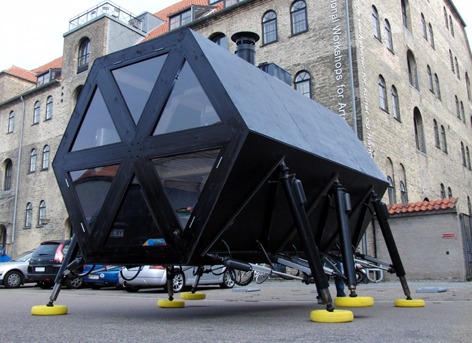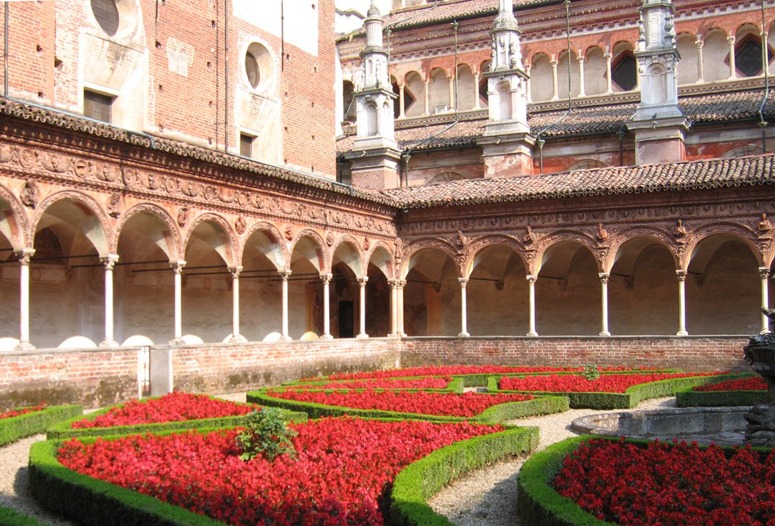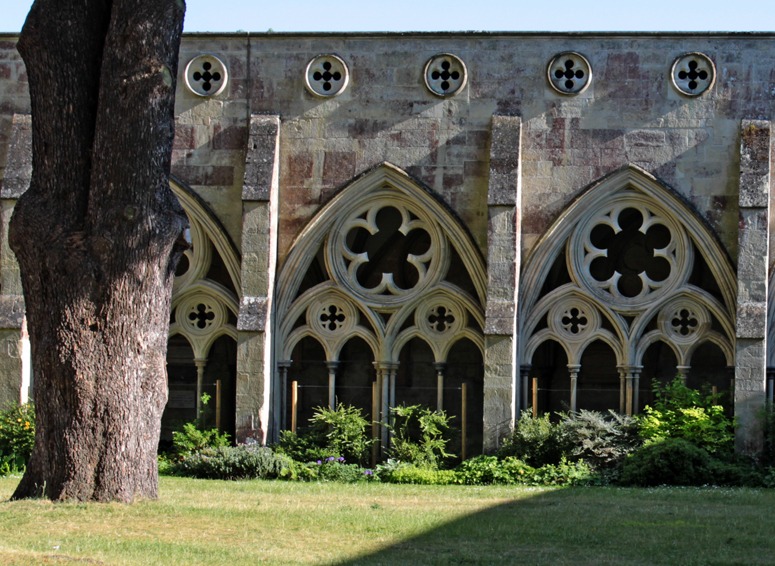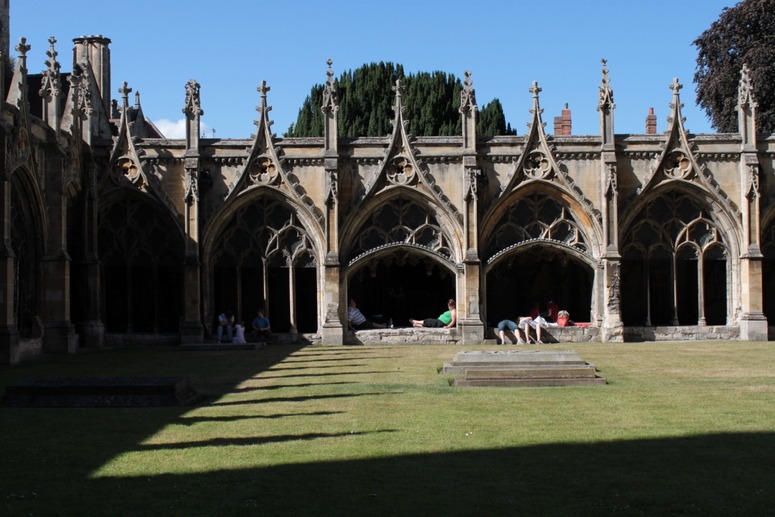The Danish artistic trio N55 came up with the concept of the walking house based on the gypsy caravan. Although reminiscent of Archigram’s Walking City, walking house is not an aesthetically sophisticated piece of architecture. However N55 have amazingly managed to achieve real life rather than paper mobility via renewable energy sources – a remarkable feat in anybody’s language!
In Archigram’s Walking City on the Ocean Ron Herron addresses the concept of “indeterminacy” or the idea of an architecture that can change. While N55 are more interested in exploring the idea of property ownership. They describe the walking house as follows:
“WALKING HOUSE is a modular dwelling system that enables persons to live a peaceful nomadic life, moving slowly through the landscape or cityscape with minimal impact on the environment. It collects energy from its surroundings using solar cells and small windmills. There is a system for collecting rain water and a system for solar heated hot water. A small greenhouse unit can be added to the basic living module, to provide a substantial part of the food needed by the Inhabitants. A composting toilet system allows sewage produced by the inhabitants to be disposed of. A small wood burning stove could be added to provide CO2 neutral heating. WALKING HOUSE forms various sizes of communities or WALKING VILLAGES when more units are added together. WALKING HOUSE is not dependant on existing infrastructure like roads, but moves on all sorts of terrain.”
Based on the nomadic culture of the Romani the project asks whether land ownership means some people have more right to stay on the surface of the earth than others. This question is fundamentally anthoprocentric. Of course the basic question could be extended to encompass an ecological perspective and indeed is not dissimilar to eco-centric ethical viewpoints espoused by the conservationist luminary Aldo Leopold.
For landscape architecture the value of land as place rather than passage and the capacity to garden and enjoy gardens are central values. Undoubtably the voice of landscape architects will be heard strongly as the debate proceeds and develops.








